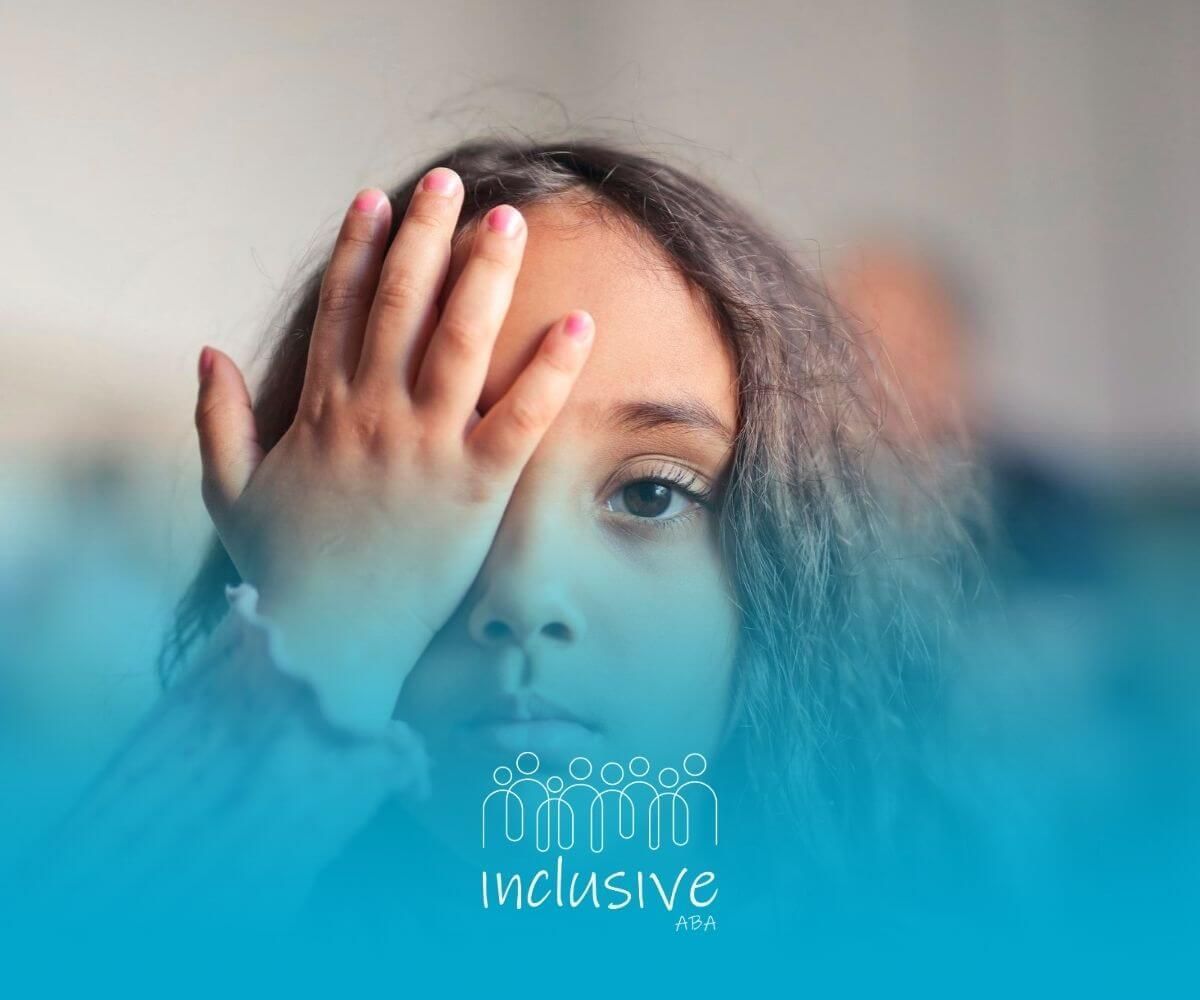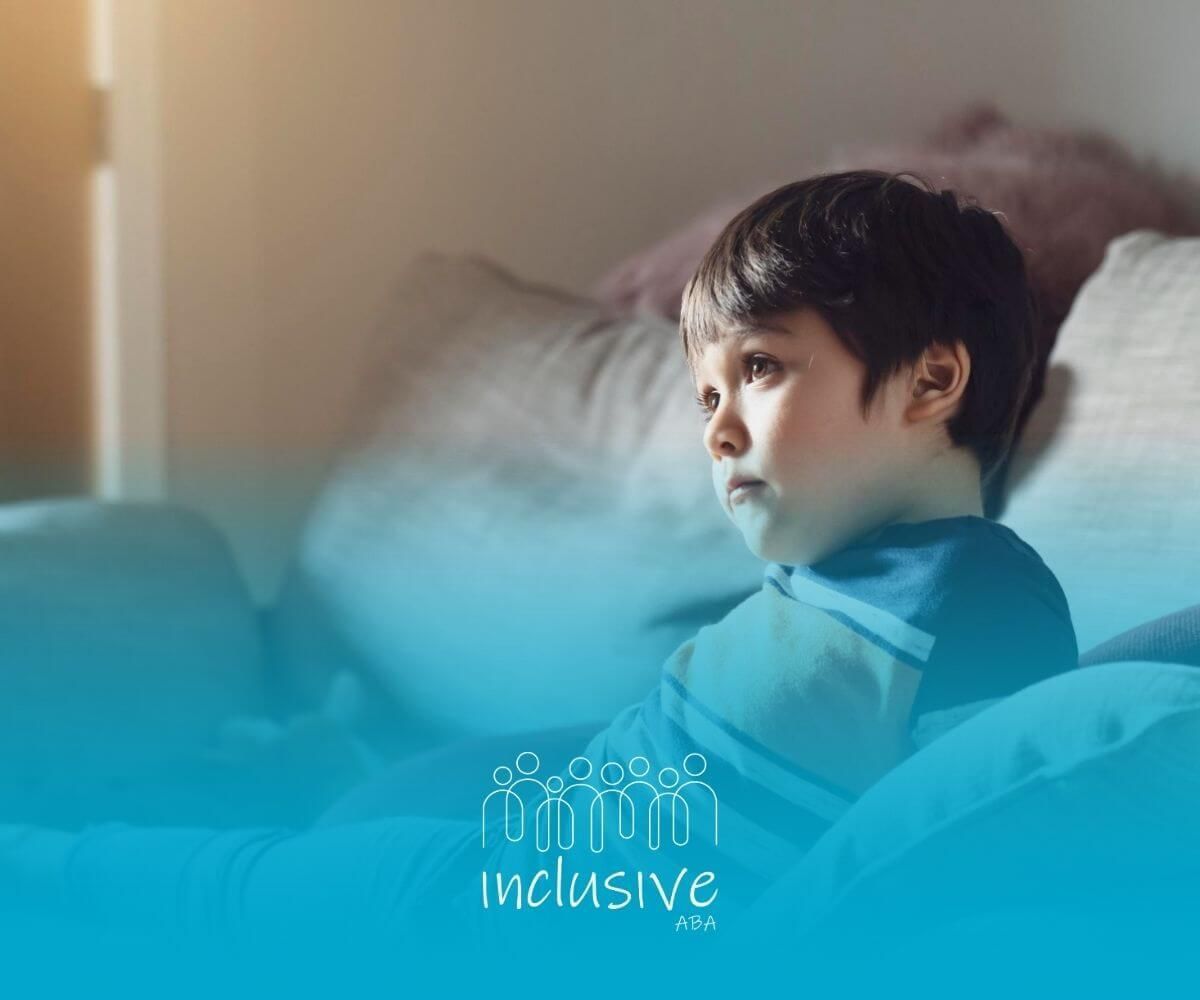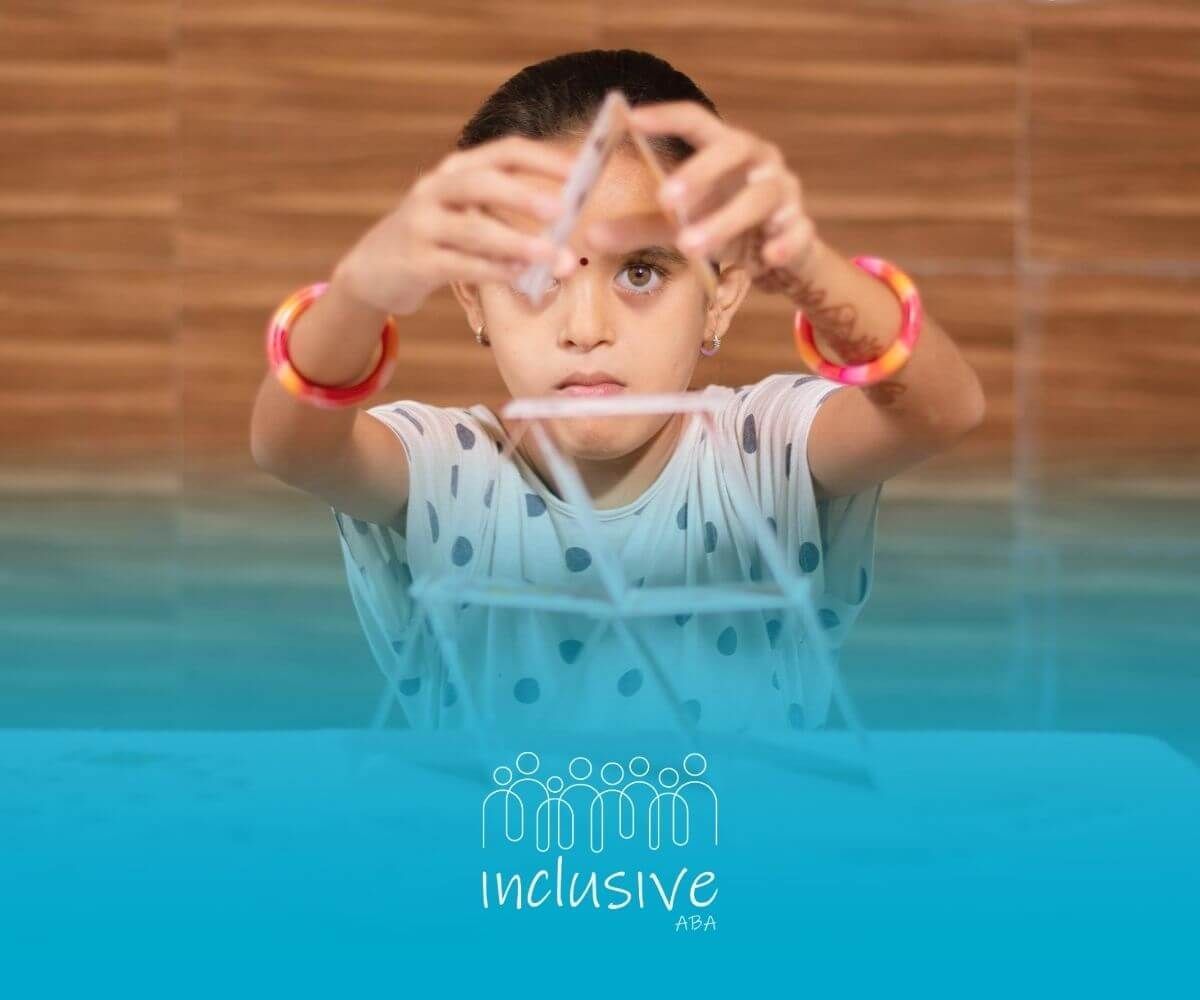How to Prepare and Set Up a Productive Space for In-Home ABA Therapy
In-home Applied Behavior Analysis (ABA) therapy is a powerful tool for helping children with autism build essential life skills in a familiar environment. Unlike clinic-based therapy, in-home sessions take place in the spaces where children live, play, and interact with family members—making it an ideal setting for learning and growth.
However, preparing your home for ABA therapy is crucial to ensure sessions are productive and comfortable for both your child and their therapist. A well-structured, distraction-free environment helps children stay engaged and makes it easier to apply ABA strategies effectively.
Amy (pseudonym used), a 4-year-old with autism, was highly active and often ran around the house during therapy sessions. This made it difficult for her therapist to implement structured lessons. Her parents worked with Inclusive ABA to create a safe, enclosed therapy space using child-friendly barriers and soft seating. They also introduced visual schedules and structured activities. The result? Sophia became more engaged and less resistant to following routines.
Why a Well-Prepared Home Environment Matters
A structured, predictable environment plays a vital role in how well a child responds to ABA therapy. Here’s why preparation is so important:
- Encourages Focus: A clutter-free, distraction-minimized space helps children concentrate during therapy.
- Reduces Stress: A predictable environment makes children feel safer and more comfortable.
- Supports Learning Generalization: Practicing ABA techniques at home ensures that skills transfer to everyday routines.
- Improves Parent Involvement: A well-prepared home allows parents to actively participate in their child’s therapy, reinforcing learning throughout the day.
Setting Up a Dedicated ABA Therapy Space
A designated therapy space for home-based ABA therapy helps children associate the area with structured learning. While not every home has a separate room available, even a small, quiet corner can work well.
Choosing the Right Location
- Pick a quiet, low-traffic area where distractions are minimal.
- Ensure the space has good lighting and comfortable seating.
- Keep it consistent—using the same space for every session helps reinforce routines.
Essential Items for the Therapy Space
- A small table and chairs for seated activities.
- Organized storage bins for therapy materials.
- A visual schedule to help children anticipate activities.
- Comfort items like weighted blankets or fidget toys (if helpful for your child).
Minimizing Distractions for Effective Learning
Children with autism often experience sensory sensitivities that can impact focus. Here’s how to reduce distractions during ABA sessions:
- Limit Background Noise: Turn off the TV, music, or loud appliances during sessions.
- Reduce Visual Clutter: Keep the therapy space tidy and avoid excessive decorations.
- Manage Sibling Interactions: If possible, have siblings play in another area to keep the focus on therapy.
- Use Simple, Neutral Colors: Bright or busy patterns can be overstimulating—opt for calming tones in the therapy area.
Ensuring Safety and Comfort
ABA therapy involves active engagement, so safety should always be a priority.
- Remove Hazardous Items: Keep sharp objects, fragile decorations, or other potential dangers out of reach.
- Secure Furniture: If your child climbs on furniture, secure bookshelves and heavy items to the wall.
- Provide Sensory Supports: Some children benefit from weighted blankets, bean bag chairs, or sensory-friendly lighting.
Organizing Therapy Materials for Easy Access
Keeping therapy tools and materials well-organized saves time and improves session flow.
How to Organize Effectively
- Use Labeled Bins: Store flashcards, reinforcement toys, and learning materials in clearly labeled containers.
- Keep Reinforcers Accessible: If your child responds well to specific rewards (stickers, small toys, snacks), keep them handy but out of sight until needed.
- Have a Daily Therapy Schedule: A visual or written schedule helps structure sessions and sets clear expectations.
Helping Your Child Transition into Therapy Mode
For some children, shifting from playtime to structured therapy can be challenging. Here’s how to ease the transition:
- Use a Visual Schedule: Show your child what to expect before each session.
- Have a Short Pre-Session Routine: A simple activity like a breathing exercise, stretching, or a song can signal that it’s time for therapy.
- Keep Reinforcement Ready: Use small rewards or praise to encourage cooperation when transitioning into therapy mode.
How to Create a Collaborative Environment with the ABA Therapist
A strong partnership between parents and therapists is key to successful in-home ABA therapy.
Ways to Support the Therapy Process
- Communicate Regularly: Share observations and challenges with the therapist.
- Be Involved in Sessions: When appropriate, observe and participate in activities to reinforce skills later.
- Follow Through Between Sessions: Implement recommended strategies during daily routines to help skills generalize.
Challenges in Home-Based ABA Therapy and How to Overcome Them
Even with careful preparation, some families face challenges with in-home ABA therapy. Here’s how to handle them:
If Your Child Resists Therapy
- Start with shorter sessions and gradually increase duration.
- Use highly motivating reinforcers to build engagement.
- Keep sessions positive and encouraging—avoid making therapy feel like a chore.
If Disruptions Occur Frequently
- Set clear family expectations about keeping the space quiet during therapy.
- Establish a consistent routine so therapy feels predictable.
- Work with the therapist to adjust the environment if needed.
If You Struggle to Stay Consistent
- Use a daily planner to keep track of therapy schedules.
- Set small, achievable goals for reinforcing skills outside of sessions.
- Communicate with the ABA team about any challenges so they can provide support.
Conclusion
Preparing your home for in-home ABA therapy is one of the best ways to set your child up for success. A structured, distraction-free space, organized materials, and a strong partnership with your therapist all contribute to effective learning. With the right preparation, ABA therapy can feel natural and enjoyable, leading to meaningful progress in your child’s development.
At Inclusive ABA, we provide personalized, evidence-based ABA therapy tailored to your child’s unique needs. Our experienced therapists work closely with families to create engaging, effective in-home therapy sessions that promote lasting growth. Contact Inclusive ABA today to learn how we can support your child’s journey!
FAQs
How much space do I need for in-home ABA therapy?
A small, quiet, and structured space is enough. It doesn’t have to be an entire room—just a consistent, distraction-free area where your child feels comfortable.
What if my home is too noisy for therapy?
Try to schedule sessions during quieter parts of the day or use tools like white noise machines to reduce background distractions.
Can siblings be involved in therapy sessions?
Yes, in some cases! If part of the therapy plan includes social interactions, siblings can participate in structured activities under therapist guidance.
Sources:
- https://www.cdc.gov/autism/treatment/index.html
- https://www.autismspeaks.org/blog/what-are-sensory-toys
- https://pmc.ncbi.nlm.nih.gov/articles/PMC10913295/
- https://pmc.ncbi.nlm.nih.gov/articles/PMC9340127/
- https://www.cardiff.ac.uk/psychology/research/impact/sensory-room-guide-supporting-the-learning-and-wellbeing-of-autistic-children
Looking for Expert Help? We're Here for You!
Our compassionate and skilled team is devoted to enhancing your child's development through customized ABA therapy. Let us partner with you to create a supportive environment for your child's success.
Discover how we can help your family thrive with expert ABA therapy.
Related Posts







